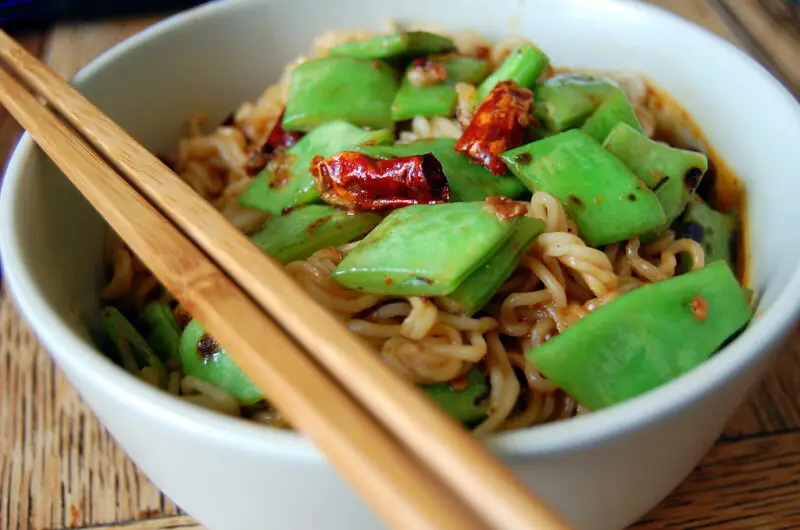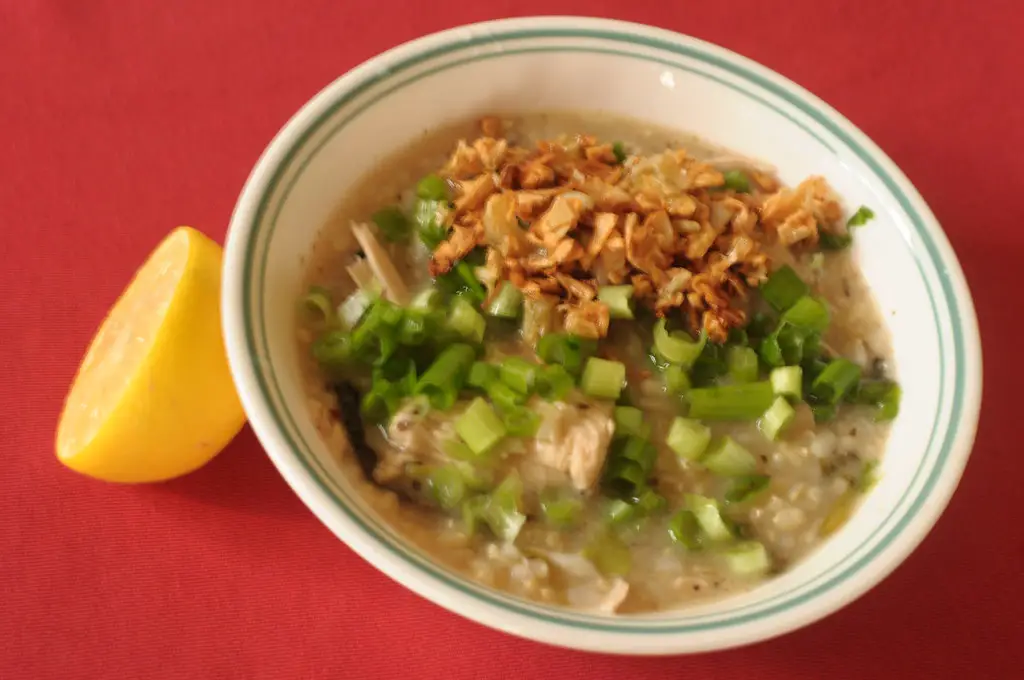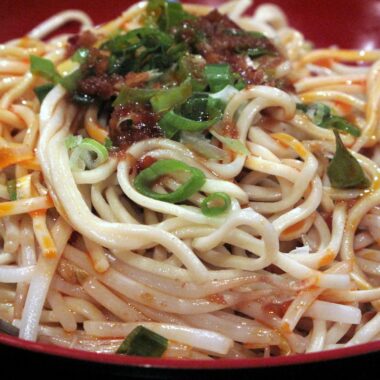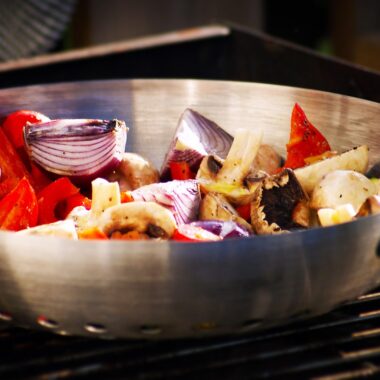Dan Dan Noodles, known as Dandanmian in Chinese, are a hallmark of Sichuan cuisine, celebrated for their bold, spicy, and savory flavors. Originating from the Sichuan province of China, this dish is a street food classic that has transcended its humble beginnings to become a global favorite. Named after the carrying pole (dan dan) used by street vendors to balance their wares, this noodle dish combines fiery chili oil, numbing Sichuan peppercorns, and a rich, nutty sauce to create a sensory explosion. Whether you’re a spice enthusiast or a curious home cook, mastering Dan Dan Noodles is a rewarding culinary adventure.
In this comprehensive guide, we’ll explore the history, cultural significance, and ingredients of Dan Dan Noodles, followed by a detailed recipe to recreate this iconic dish at home. We’ll also include tips for customization, serving suggestions, and insights into achieving authentic flavors. By the end, you’ll have everything you need to craft a bowl of Dan Dan Noodles that rivals those found in Chengdu’s bustling markets.
The History and Cultural Significance of Dan Dan Noodles
Dan Dan Noodles trace their origins to the mid-19th century in Sichuan, a region known for its bold and spicy cuisine.
The dish was first sold by street vendors who carried their ingredients and cooking equipment on bamboo poles balanced across their shoulders. These vendors would set up makeshift stalls, serving quick, affordable, and flavorful noodle dishes to laborers and passersby.
The name Dan Dan refers to the carrying pole, a practical tool that allowed vendors to move efficiently through crowded streets. The original recipe was simple, featuring wheat noodles tossed in a spicy sauce made with chili oil, soy sauce, and preserved vegetables. Over time, the dish evolved, incorporating ingredients like ground pork, sesame paste, and Sichuan peppercorns, which added depth and complexity.
Today, Dan Dan Noodles are a symbol of Sichuan’s culinary heritage, embodying the province’s love for mala—the combination of spicy (la) and numbing (ma) sensations. The dish has spread across China and beyond, with variations appearing in Chinese restaurants worldwide. While some versions lean heavily on spice, others balance sweet, sour, and savory elements, making it adaptable to diverse palates.
Understanding the Key Ingredients
The magic of Dan Dan Noodles lies in its ingredients, each contributing to the dish’s signature flavor profile. Here’s a breakdown of the essential components:
1. Noodles
Fresh wheat noodles are traditional, offering a chewy texture that holds up to the robust sauce. If fresh noodles are unavailable, dried wheat noodles or even ramen noodles can work as substitutes.
2. Chili Oil
Sichuan chili oil is the heart of Dan Dan Noodles, delivering intense heat and a vibrant red hue. Homemade chili oil, made with dried chilies, vegetable oil, and aromatics like star anise and ginger, is ideal for authenticity.
3. Sichuan Peppercorns
These tiny powerhouses provide the numbing sensation that defines Sichuan cuisine. Toasting and grinding them fresh enhances their flavor and aroma.
4. Sesame Paste
Chinese sesame paste, made from roasted sesame seeds, adds a nutty, creamy richness. Tahini can be used as a substitute, though it’s slightly less intense.
5. Preserved Vegetables
Ya cai or sui mi ya cai (preserved mustard greens) adds a salty, umami-packed crunch. If unavailable, Tianjin preserved vegetables or finely chopped pickled radish can work.
6. Ground Pork
The meat topping, typically ground pork, is stir-fried with aromatics and soy sauce for a savory, slightly sweet flavor. Vegetarians can substitute mushrooms or tofu.
7. Soy Sauce and Black Vinegar
These provide the salty and tangy backbone of the sauce. Chinese black vinegar (Chinkiang vinegar) adds a distinctive depth.
8. Aromatics and Garnishes
Garlic, ginger, scallions, and peanuts are common additions, enhancing texture and flavor. Fresh cilantro can also be used for a bright finish.
Dan Dan Noodles Recipe
This recipe serves 4 and stays true to the traditional Sichuan preparation while offering tips for customization. The process is divided into three parts: making the chili oil, preparing the pork topping, and assembling the dish.
Ingredients
For the Chili Oil
- 1 cup vegetable oil
- 1/4 cup dried red chilies (preferably Sichuan or Thai), coarsely chopped
- 2 tbsp Sichuan peppercorns
- 1 cinnamon stick
- 2 star anise
- 1-inch piece of ginger, sliced
- 2 tbsp sesame seeds
For the Pork Topping
- 1/2 lb (225g) ground pork
- 1 tbsp vegetable oil
- 2 cloves garlic, minced
- 1 tsp ginger, minced
- 2 tbsp soy sauce
- 1 tbsp Shaoxing wine (or dry sherry)
- 1 tsp sugar
- 1/4 cup ya cai (preserved mustard greens), rinsed and finely chopped
For the Sauce
- 1/4 cup Chinese sesame paste (or tahini)
- 3 tbsp soy sauce
- 2 tbsp Chinese black vinegar
- 1 tbsp sugar
- 2 tsp Sichuan peppercorns, toasted and ground
- 2 tbsp chili oil (from recipe above)
- 2 cloves garlic, minced
- 1/4 cup hot noodle cooking water (to thin the sauce)
For the Noodles
- 12 oz (340g) fresh wheat noodles (or dried noodles)
- 1/4 cup roasted peanuts, chopped
- 2 scallions, thinly sliced
- Fresh cilantro (optional), chopped
Instructions
Step 1: Make the Chili Oil
- Heat the oil: In a small saucepan, heat the vegetable oil over medium heat until it reaches 300°F (150°C). Use a thermometer for accuracy.
- Infuse the aromatics: Add the cinnamon stick, star anise, and ginger slices to the oil. Fry for 2–3 minutes until fragrant.
- Add chilies and peppercorns: Remove the pan from heat and carefully stir in the dried chilies and Sichuan peppercorns. Let the mixture steep for 10 minutes.
- Add sesame seeds: Stir in the sesame seeds and let the oil cool completely. Strain into a jar, reserving the oil. Discard the solids or save for another use.
- Store: The chili oil can be stored in an airtight container for up to a month.
Step 2: Prepare the Pork Topping
- Heat the wok: Heat 1 tbsp vegetable oil in a wok or large skillet over medium-high heat.
- Cook the pork: Add the ground pork and stir-fry, breaking it into small pieces, until browned and cooked through (about 5 minutes).
- Add aromatics: Stir in the garlic, ginger, and ya cai. Cook for 1–2 minutes until fragrant.
- Season: Add soy sauce, Shaoxing wine, and sugar. Stir-fry for another 2 minutes until the pork is well-coated and slightly crispy. Set aside.
Step 3: Prepare the Sauce
- Mix the base: In a bowl, combine the sesame paste, soy sauce, black vinegar, sugar, ground Sichuan peppercorns, and minced garlic.
- Add chili oil: Stir in 2 tbsp of the prepared chili oil. Adjust to taste for spiciness.
- Thin the sauce: Add hot noodle cooking water, 1 tbsp at a time, until the sauce is smooth and pourable.
Step 4: Cook the Noodles
- Boil water: Bring a large pot of water to a boil.
- Cook noodles: Add the fresh wheat noodles and cook according to package instructions (typically 2–4 minutes for fresh, 5–7 minutes for dried). Drain, reserving 1/4 cup of cooking water for the sauce.
- Rinse (optional): For a chewier texture, rinse the noodles briefly under cold water, then drain well.
Step 5: Assemble the Dish
- Divide the sauce: Spoon 2–3 tbsp of the sauce into the bottom of each serving bowl.
- Add noodles: Divide the cooked noodles among the bowls, tossing them gently in the sauce to coat.
- Top with pork: Add a generous spoonful of the pork topping to each bowl.
- Garnish: Sprinkle with chopped peanuts, scallions, and cilantro (if using). Drizzle with extra chili oil for added heat.
- Serve: Serve immediately, encouraging diners to mix the noodles thoroughly to combine the flavors.
Tips for Success
- Balancing Flavors: Adjust the sauce ingredients to suit your taste. For less heat, reduce the chili oil; for more tang, increase the black vinegar.
- Sichuan Peppercorns: Toast them lightly before grinding to enhance their numbing effect. Avoid overusing, as they can overpower the dish.
- Noodle Texture: Fresh noodles provide the best texture, but if using dried, cook them al dente to avoid mushiness.
- Make-Ahead: The chili oil and pork topping can be prepared in advance and stored in the fridge for up to 3 days.
- Vegetarian Version: Swap the pork for finely chopped shiitake mushrooms or crumbled firm tofu, stir-fried with the same seasonings.
Variations and Customizations
Dan Dan Noodles are highly adaptable, with regional and personal variations abound. Here are a few ideas:
- Spicy Level: For a milder version, reduce the chili oil or use a mild chili variety. For extra heat, add fresh chilies or chili flakes.
- Vegetarian/Vegan: Use mushrooms, tofu, or seitan for the topping, and ensure the preserved vegetables are vegan-friendly.
- Nut-Free: Replace sesame paste with sunflower seed butter and omit peanuts, using crispy fried shallots instead.
- Gluten-Free: Use rice noodles and tamari instead of wheat noodles and soy sauce.
- Americanized Version: Some Western adaptations include peanut butter for a creamier sauce or add vegetables like bok choy or spinach.
Serving Suggestions
Dan Dan Noodles are typically served as a main dish, but they pair well with light sides to balance their intensity:
- Cucumber Salad: A refreshing smashed cucumber salad with garlic, vinegar, and sesame oil complements the spice.
- Steamed Vegetables: Blanched greens like gai lan or broccoli add a fresh contrast.
- Soup: A light broth-based soup, like egg drop or hot and sour, can round out the meal.
- Drinks: Pair with iced tea, a light beer, or a cooling lychee juice to temper the heat.
Cultural Notes and Dining Etiquette
In Sichuan, Dan Dan Noodles are often served in small portions as a snack or street food, but they can also be a full meal. The dish is meant to be mixed thoroughly before eating to ensure the sauce coats every noodle. Slurping is not only acceptable but encouraged, as it’s a sign of enjoying the meal in Chinese culture.
When serving at home, present the noodles in individual bowls with chopsticks and a spoon for the sauce. Encourage guests to customize their bowls with extra chili oil or garnishes, fostering a communal and interactive dining experience.
Nutritional Information (Per Serving)
- Calories: ~550 kcal
- Protein: 20g
- Fat: 30g (varies with chili oil usage)
- Carbohydrates: 50g
- Fiber: 3g
Note: Nutritional values are approximate and depend on portion size and ingredient brands.
Troubleshooting Common Issues
- Sauce too thick? Add more hot noodle water or a splash of soy sauce to thin it out.
- Too spicy? Dilute with extra sesame paste or a touch of sugar to balance the heat.
- Noodles sticking? Toss them with a small amount of oil after draining to prevent clumping.
- Lacking umami? Increase the ya cai or add a dash of MSG for an authentic boost.
Conclusion
Dan Dan Noodles are more than just a dish—they’re a celebration of Sichuan’s vibrant culinary tradition. With their fiery chili oil, numbing peppercorns, and savory pork topping, they offer a complex and satisfying experience for adventurous eaters. By following this recipe and experimenting with variations, you can bring the bold flavors of Sichuan into your kitchen. Whether you’re hosting a dinner party or craving a spicy solo meal, Dan Dan Noodles are sure to impress and delight.
So, gather your ingredients, fire up the wok, and dive into the world of Sichuan cuisine. Your taste buds will thank you.


















